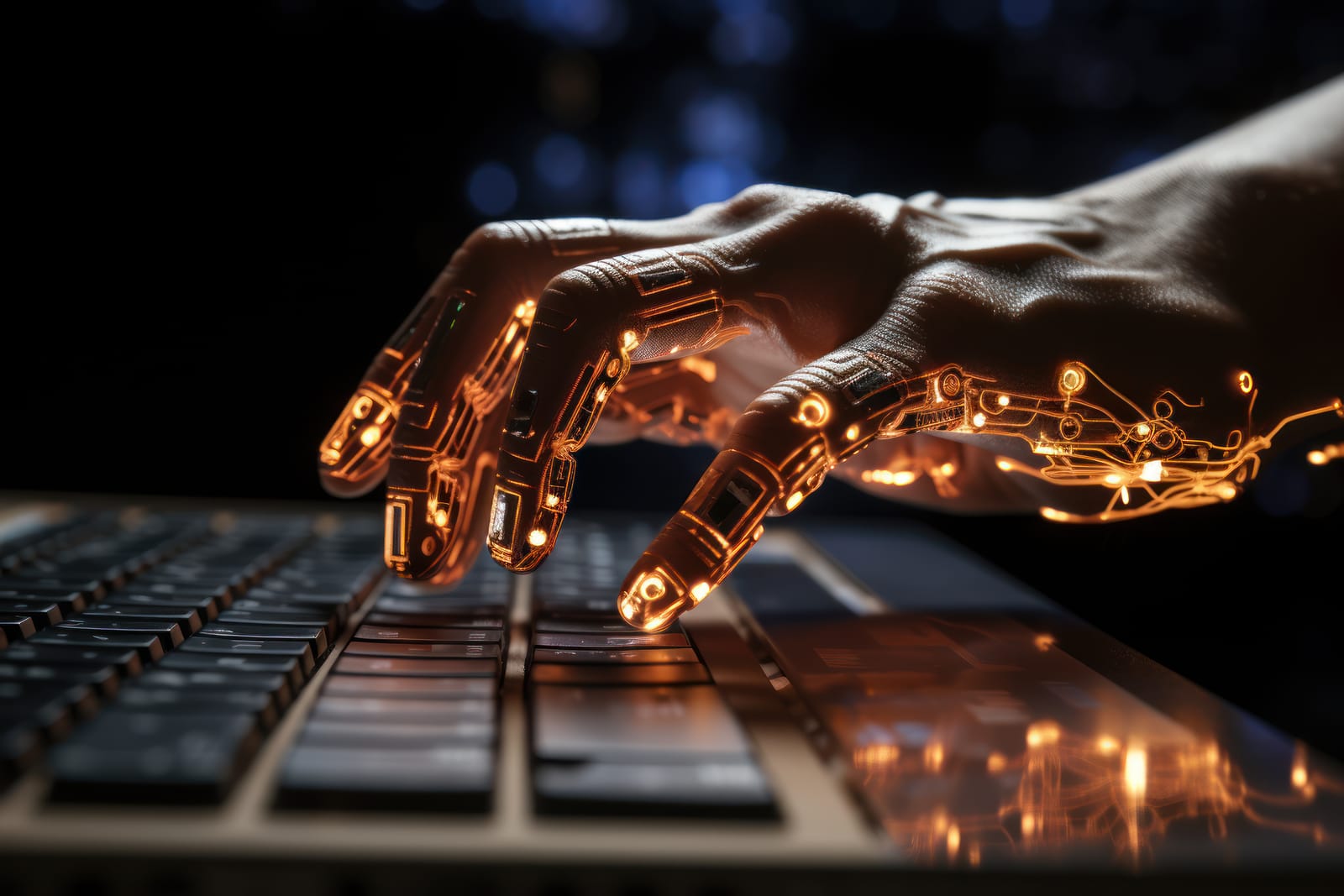In August 2022, a piece of art titled “Théâtre d’Opéra Spatial” won first place in the digital art category at the Colorado State Fair. The artist, Jason Allen, had not wielded a paintbrush or a stylus. He had crafted a text prompt and an AI image generator, Midjourney, created the stunning image for him. The win sparked an immediate and furious backlash, crystallizing a question that now hangs over every creative industry: Can a computer be an artist?
This remarkable leap in technology has ignited a profound debate that touches on the nature of art, the future of work, and the very definition of human creativity. Is it a wondrous new tool, or is it sophisticated theft? This is the full story on the creative revolution being sparked by AI.
Part 1: How Generative AI “Creates”
To understand the debate, we first need to understand how these tools work. Generative AI models are not “thinking” in a human sense. They are incredibly complex pattern-recognition systems, trained on vast datasets containing billions of data points—images, texts, and sounds scraped from the internet. By analyzing this massive library of human creativity, the AI learns the statistical relationships between words and images, styles and concepts. When you give it a prompt, it’s statistically assembling a new image based on all the patterns it has learned. It’s less like a human artist with a blank canvas and more like a master collagist with access to every image ever made.
Part 2: The Legal Labyrinth: A Copyright Crisis
The way AI models are trained is at the heart of a legal and ethical firestorm. The conflict is playing out in courtrooms around the world.
- The Input Problem: Training Data & Fair Use: The central argument from creators is that their copyrighted work was used to train AI models without permission, credit, or compensation. This has led to several high-profile lawsuits from artists and media companies against AI companies. Tech companies argue their training process is a form of “fair use,” similar to how a human learns by studying others. Artists counter that the scale and commercial nature of this scraping is unprecedented infringement.
- The Output Problem: Who is the “Author”? If an AI generates an image, who owns it? The U.S. Copyright Office has issued guidance stating that works created without human authorship are not copyrightable. This raises profound questions about the value and protection of AI-generated content and what it legally means to be an author in the age of AI. The World Intellectual Property Organization (WIPO) is grappling with these same questions on a global scale.
This legal uncertainty is part of a broader challenge governments face in regulating artificial intelligence, a topic explored in our guide to Canada’s new digital privacy and AI laws.
Part 3: The Philosophical Debate: Can a Machine Be Creative?
Beyond the legal fight is a deeper, more philosophical question. As academics at Harvard and other institutions debate, can this output truly be considered “art”? The answer depends on your definition.
If art is purely about the aesthetic quality of the final product, then AI has arguably already crossed that threshold. But if art requires intent, consciousness, and lived experience, then the computer is still just a remarkably sophisticated tool. A philosopher might argue that “creativity isn’t just about producing novelty; it’s about a particular kind of authorship that is tied to our freedom and our responsibility,” a hurdle a machine cannot clear. This debate forces us to re-examine what we value about human creativity itself.
Part 4: The Economic Impact on Creative Industries
The rise of generative AI is poised to be an industrial revolution for the creative economy. The World Economic Forum and researchers at institutions like Stanford’s Institute for Human-Centered AI are studying the profound impacts:
- AI as a Tool for “Co-Creation”: Many artists and designers have embraced AI as a powerful assistant. It can be used to brainstorm ideas, generate mockups in seconds, or speed up tedious parts of the creative process.
- Disruption in Commercial Arts: There is a legitimate fear that AI could devalue and replace jobs in areas like commercial illustration, stock photography, and content marketing, where “good enough” content can be generated cheaply and instantly.
- New Models in Media: Industries like music are experimenting with AI for everything from melody generation to voice cloning, raising a host of new creative and legal challenges.
The Bottom Line: A New Era of Creativity
The generative AI revolution is here, and it cannot be undone. The legal, ethical, and philosophical frameworks needed to govern it are still being built. As institutions like The Brookings Institution argue, finding a balance that protects artists’ rights while fostering innovation is one of the great challenges of our time.
Ultimately, the question may not be “Can a computer be an artist?” but “How will human artists partner with, and push back against, these powerful new tools to redefine creativity for the next century?” The future of art will likely not be human vs. machine, but a new, and often controversial, synthesis of human vision and artificial capability.

